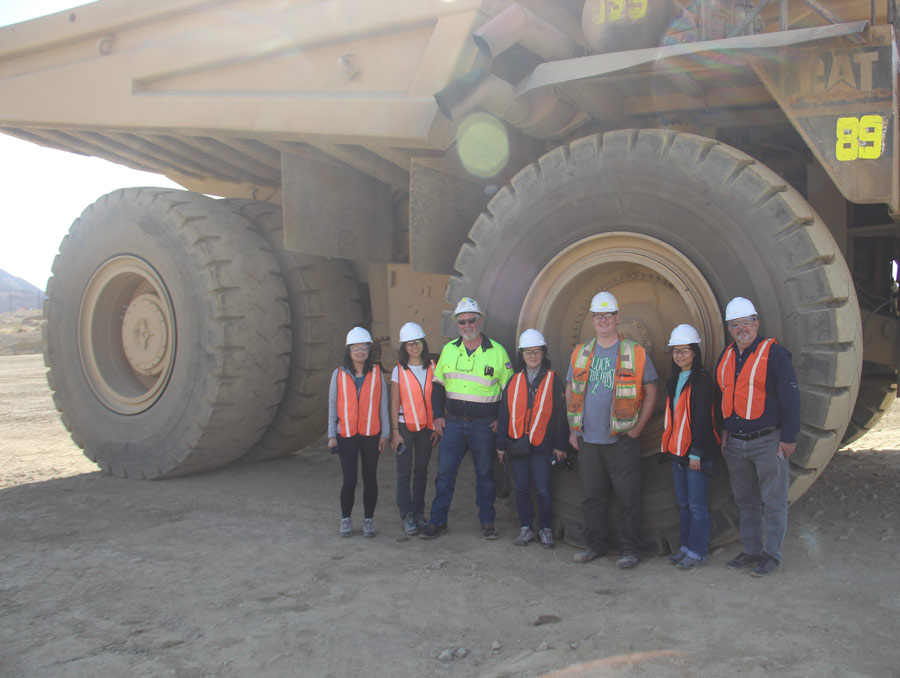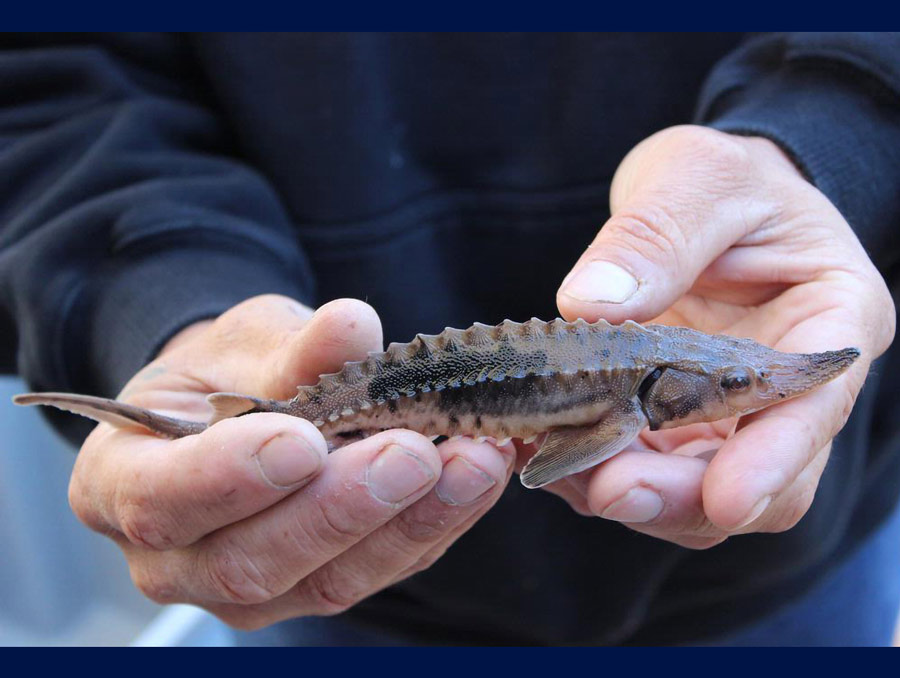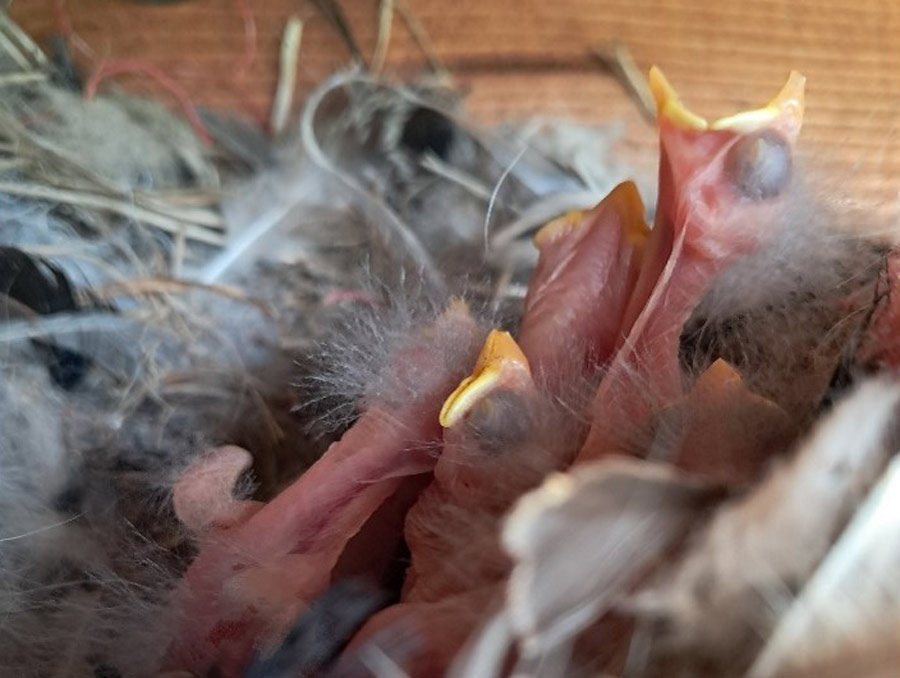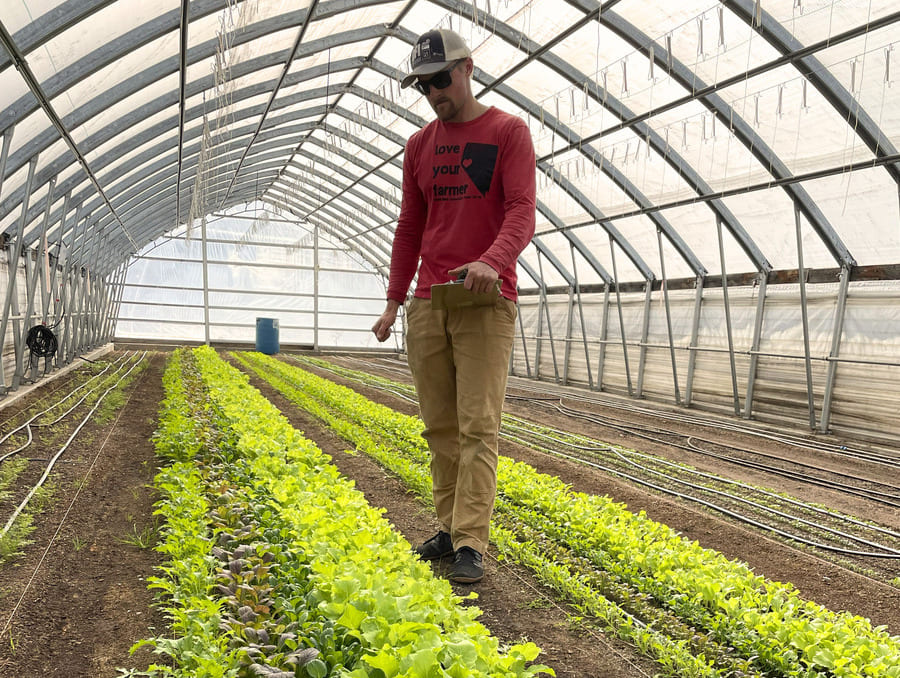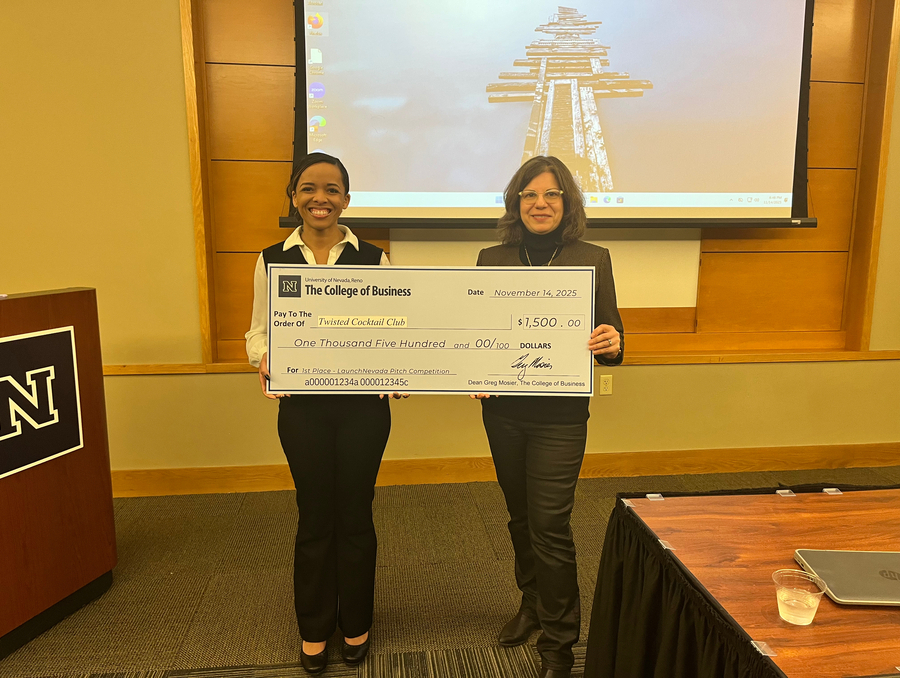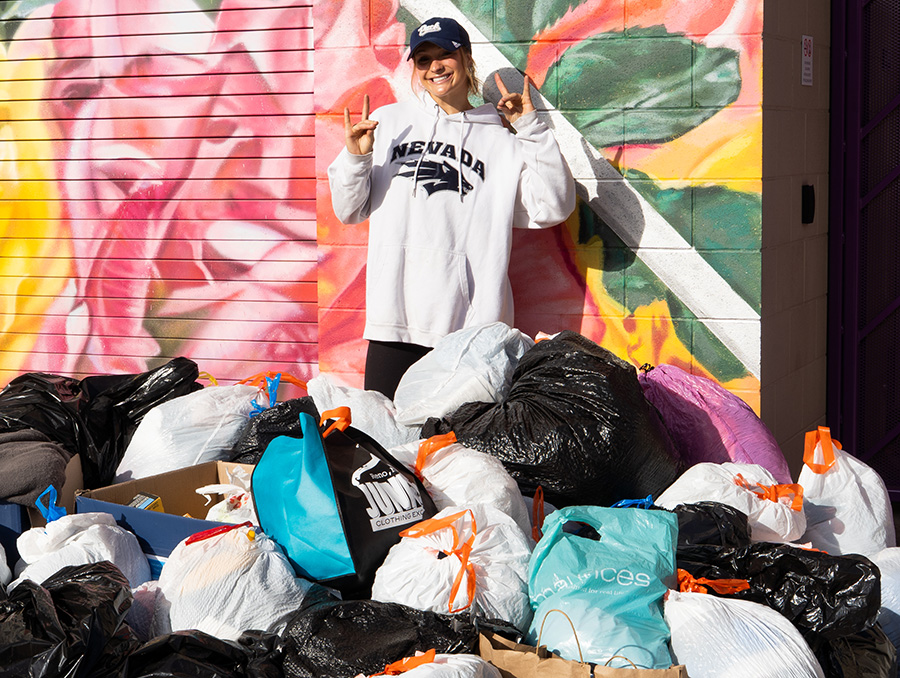Pengbo Chu, the Nevada Gold Mines Professor in the Mackay School of Earth Sciences and Engineering, and his collaborators were recently awarded a grant for research into designing metallurgy course modules utilizing immersive virtual reality (VR).
Chu is the principal investigator on a National Science Foundation (NSF) grant that awarded approximately $850,000 to the researchers. Co-principal investigators include Sergiu Dascalu (professor of computer science and engineering), Leping Liu (professor of quantitative methods and learning sciences), Li-Ting Chen (associate professor of quantitative methods and learning sciences) and Ying Yang (assistant professor of chemistry).
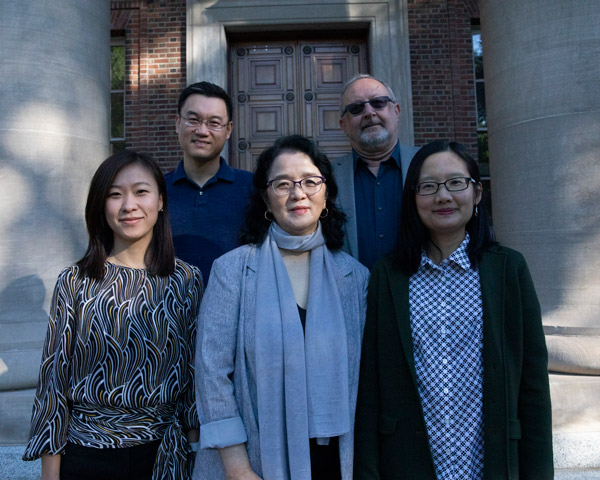
The researchers will work together to design and build an immersive VR experience for students to better understand a metallurgical process called froth flotation. Researchers from the computer science and engineering department will use their engineering skills to build the actual VR ecosystem, and researchers from learning sciences will bring their pedagogical expertise to develop the tasks and roles students will take on in the VR world.
“The main goal of this project is to give students a better learning experience in metallurgical engineering so that they can be better prepared with the qualifications required by the emerging critical mineral industry ,” Chu said.
Chu said the process the researchers are trying to visualize is complicated. Froth flotation is an important technique in the beneficiation process of minerals, which isolates the target mineral (such as critical minerals) from other minerals. Froth flotation is a three-phase mineral separation process that utilizes chemistry and physics to isolate minerals.
“It’s a very complicated system,” Chu said. Students often have a hard time visualizing it, so Chu reached out to his collaborators to see if they would be interested in developing a new way to teach this process.
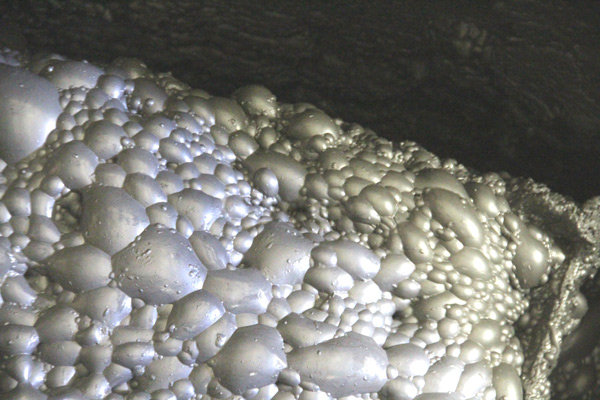
Students will be immersed in the virtual reality world and will each take on different roles within the froth flotation process. The roles students pick, the time it takes them to complete the tasks and how well they work with other students will be analyzed by machine learning and data analytics algorithms, and the results will help the researchers to design more personalized VR learning experiences that can be tailored to student skills and help them learn more effectively.
The collaborators plan to design the modules around the community of inquiry perspective, which incorporates a teaching presence to guide students, a cognitive presence in which students engage with the content and a social presence in which students engage with each other. One of the few mining-related NSF grants was awarded to the Department of Mining and Metallurgical Engineering for this project. The project will fund three different Ph.D. students in three different colleges.
Because the mining class sizes are typically very small, the group will share the module for students at Michigan Technological University and will also provide the simplified modules for high school students in Nevada.
